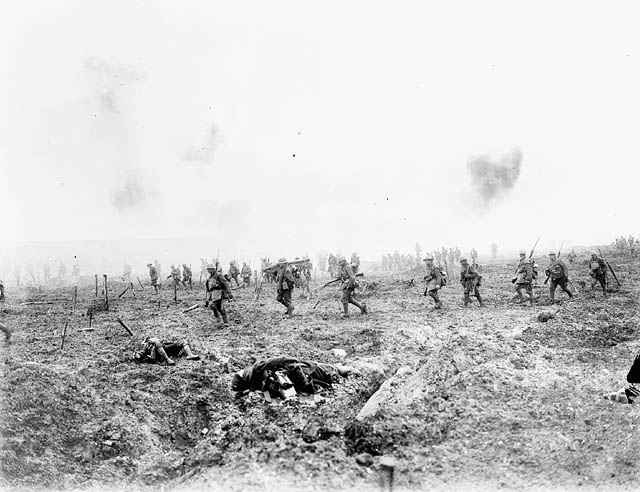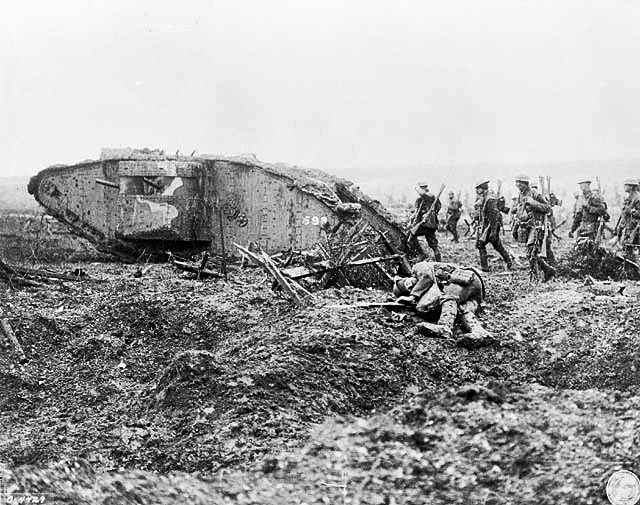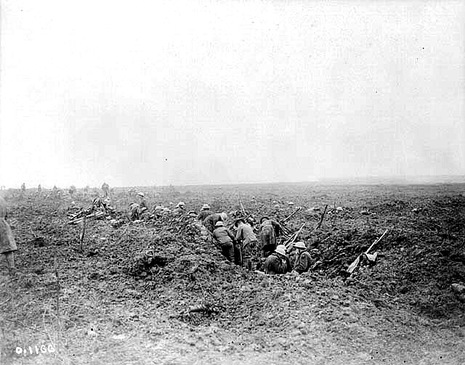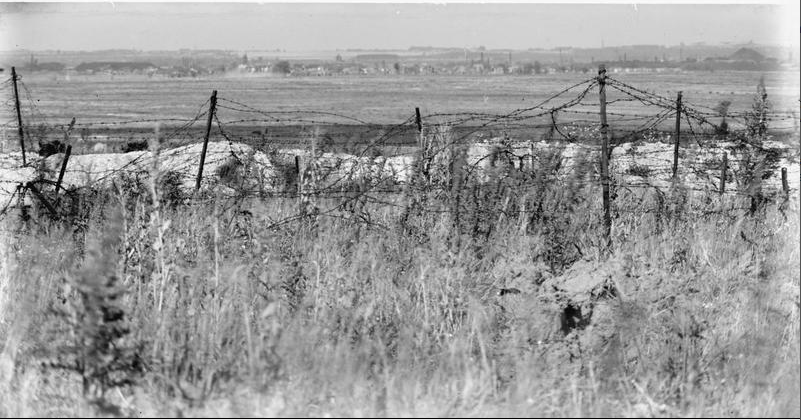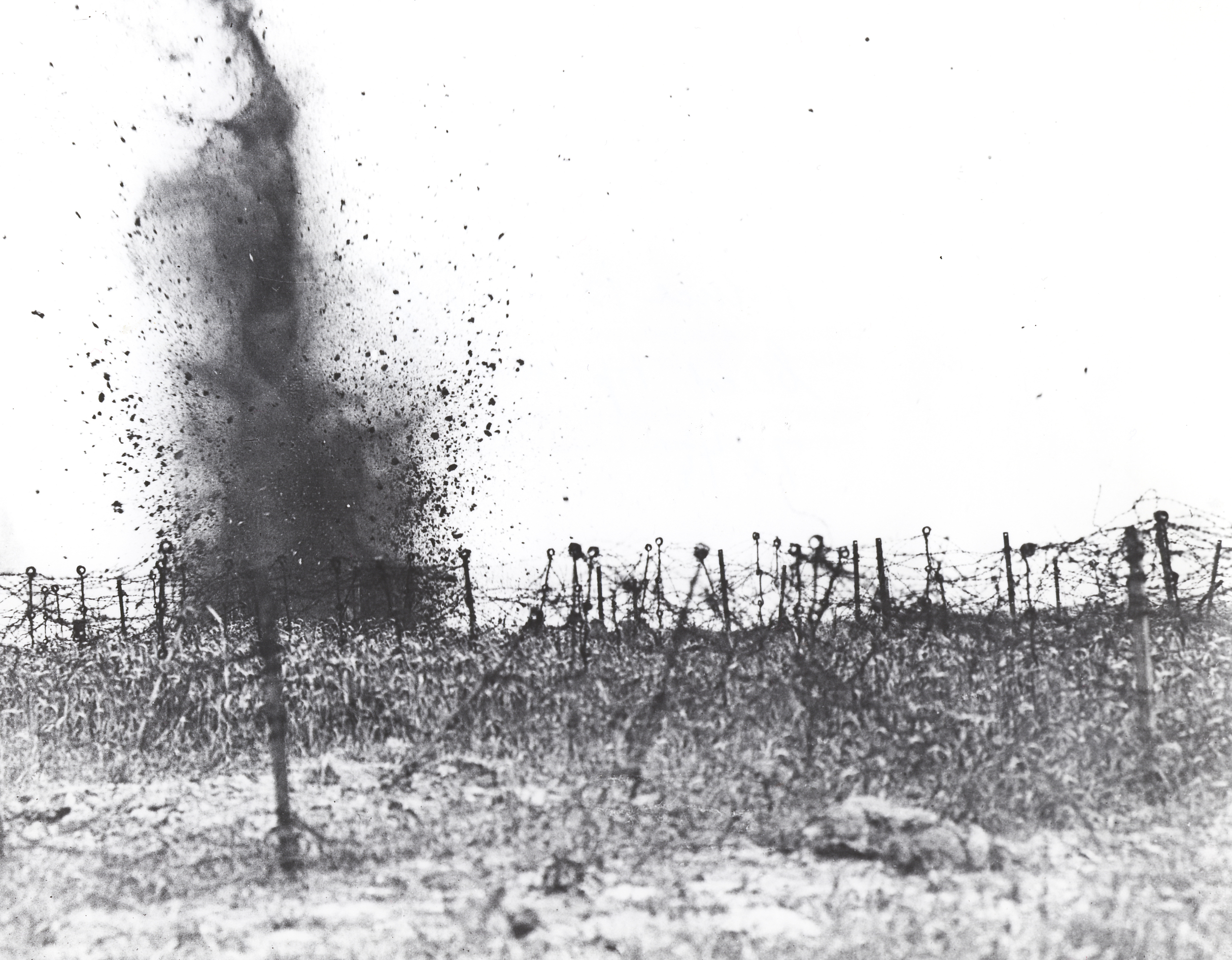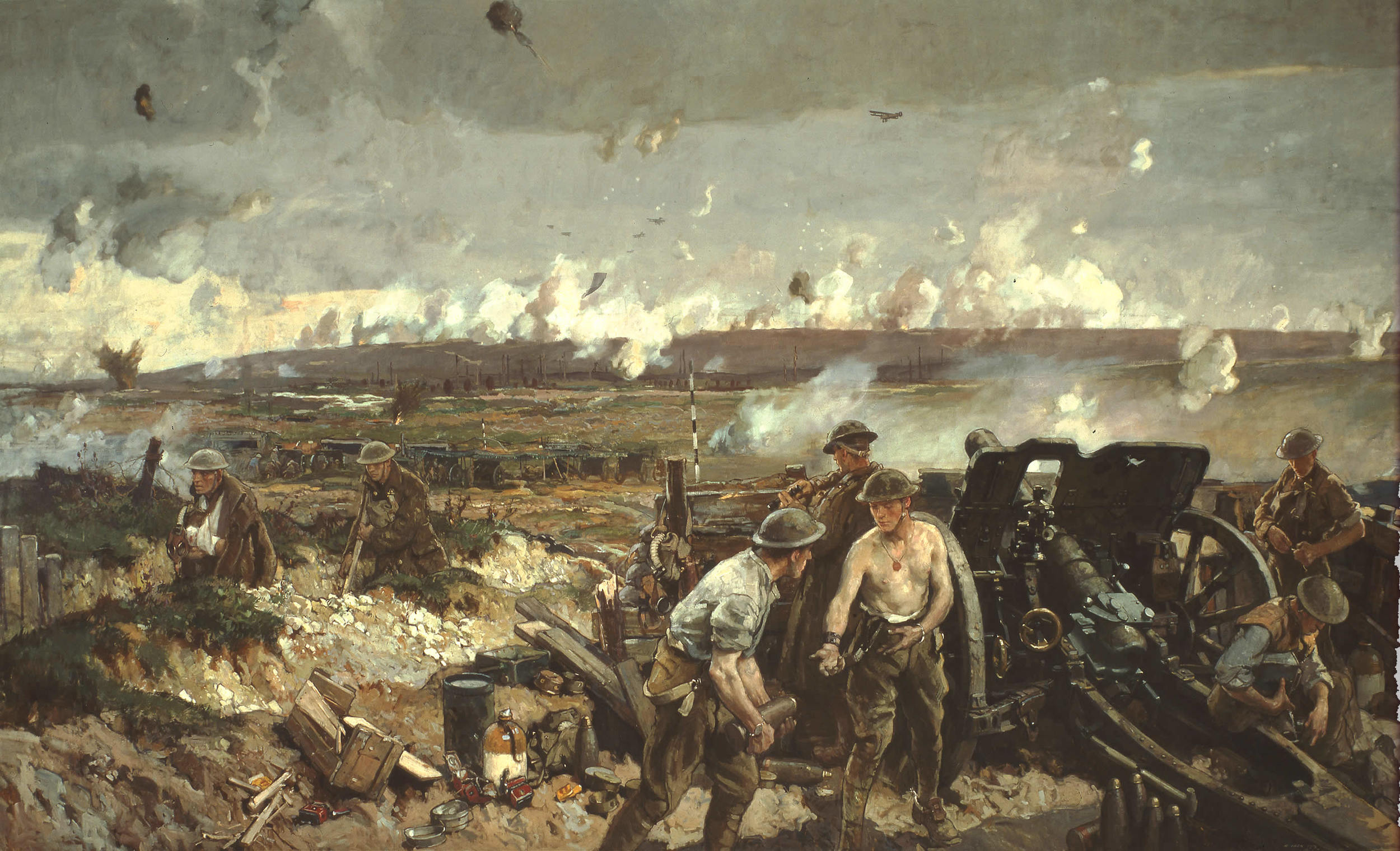The mighty 10cm K14 Cannon landed at Cape Station on May 25, 1920, it was towed to Hopewell Cape shortly after, how it got here and the story behind it, is one of the great stories and testaments to the people of Albert County and the whole of Canada that one can tell. It is a story of sacrifice, of great courage and most of all it shows what we can accomplish when we work together.
The story begins with the start of World War One in 1914, with the formation of the Canadian Expeditionary Force, where large numbers of Albert County boys signed up to fight for the 26th New Brunswick Battalion. From September 1915 to April 1917, the NB Battalion, part of the Second Canadian Division were engaged in in several major operations. They underwent the horror of being gassed at Ypres and the slaughter of the Somme. It was in the latter operation that the Canadian Corps, after repeated assaults, captured the trenches known as Regina and Desire. At the Somme, the Canadian Corps took 24,029 casualties. British and French generals were vilified for wasting troops. But the Canadians, who had been little more than confused, uniformed civilians at Ypres in 1915, had become hardened soldiers and earned the reputation as the best storm troops in the Allied forces. They would be called upon to lead in future assaults, a dubious distinction given the way British commanders simply threw troops at the enemy, but one which was genuinely applied and based upon real accomplishments.
When the Canadian Corps were handed Vimy Ridge as an objective, optimism was not running high. It was more than a little formidable. The defending Germans were firmly entrenched and had fought off several attacks with relative ease. Vimy was going to be a meat grinder. Worse, there was no cavalry, so this would be an infantry and artillery fight.
Battle Plan Vimy 1917
It was then that things changed. Instead of headquarters officers planning the operation in secrecy and isolation they did something unique. They planned the assault and then included every soldier in the plan. Maps, details and objectives were made a part of the daily training for six weeks. Model layouts of the ridge and Hill 145 were studied, not just by commanders, but by every soldier. Exercises were run in the weeks before the assault on a field laid out to simulate Hill 145 and the ridge. Units learned terrain, timing and cover. Where, up to that time, the taking of a position had been the objective of a platoon commander; it was now the objective of the whole platoon, and every soldier in that platoon knew the objective, the plan to take it and what adjacent units were doing.
There was, for the first time, anticipated succession of command. Instead of hoping the individual initiative of soldiers would replace casualties among leaders, they were trained to do it and expected to continue the assault as planned. Platoon lieutenants led, but if the need arose, any private could take over, having been briefed, trained and exercised.
Instead of the pre-assault barrage, which ended as the assault began, Canadian Lt. General Arthur Currie had developed the creeping barrage, intended to shield troops as they approached enemy defences. His use of artillery counter-battery fire helped neutralize German positions and he maintained constant pressure on German lines though relentless patrolling. By using machine guns, indirect fire was used to force the enemy down. Above all, the corps commander, British General Sir Julian Byng, encouraged Currie and placed his faith in the tenacity, intelligence, innovation and motivation of the Canadian troops.
The Canadian Corps carried it off and expelled the Germans from Vimy Ridge. It was a major victory for the Allies and with the overall success of the Battle of Arras, a turning point in the Great War had been reached. The European model of throwing away troops and mass attrition was broken.
Vimy, however, was costly. Canadians counted 3,598 dead and 7,104 wounded in a four day battle. And a good many of the dead were simply swallowed up in the mud that was the battlefield, never to be seen again.
It was here at the Battle of Vimy Ridge that Canadian soldiers first fought together as one unit, under Canadian leadership, and it was at this battle that the 10cm k14 s/n 590 (hereafter 590) was captured. The 590 was captured on the first day of the Vimy Ridge offensive, April 9, 1917 and was captured by the 27th Battalion known as the City of Winnipeg Battalion.
The story continues... Click on THE CAPTURE OF THE 590
